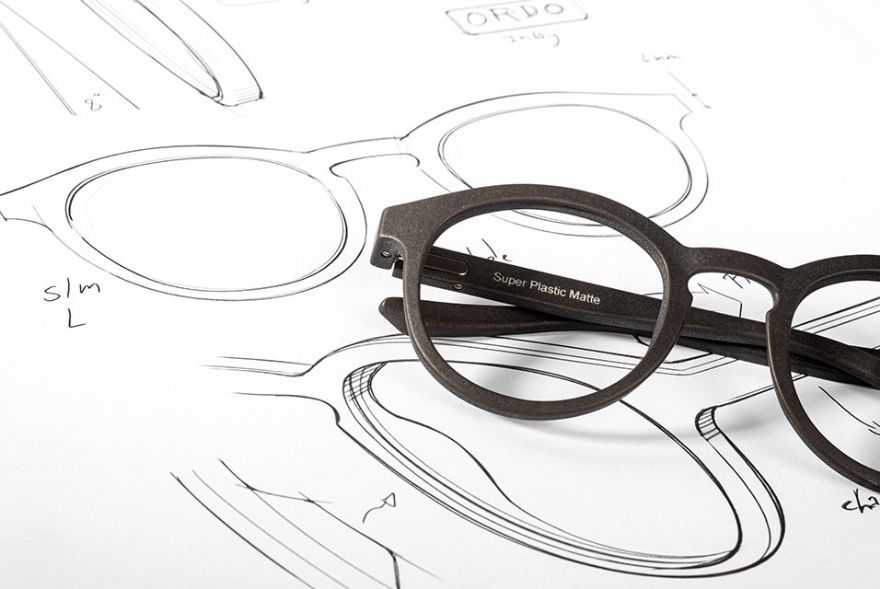 Photo courtesy of Materialise
Photo courtesy of MaterialiseThe 3-D printing specialist
Materialise has introduced 3-D printed glasses featuring a new translucent material that enables eyewear manufacturers to merge ‘the design advantages of 3-D printing with consumer demand for translucent eyewear collections’. The company says 3-D printing holds multiple advantages for manufacturing glasses, including shorter development cycles, faster routes to market, and ‘sustainable credentials’. It also allows designers to experiment with form and textures that cannot be replicated with traditional production techniques.
“As eyewear manufacturers embraced 3-D printing for its exceptional design capabilities, they often encountered a practical limitation: the technology could not replicate the translucent aesthetics traditionally associated with acetate frames. The introduction of our new translucent material marks a breakthrough, enabling eyewear brands to blend translucency with the unmatched design flexibility of 3-D printing and designers to move beyond what is possible with acetate.
“The new translucent material is the result of five years of extensive trialling of over fifty different materials against the gold standard of established eyewear materials, including tests for bio-compatibility, thermal resilience, and impact resistance.”
Alireza Parandian, Materialise’s head of global business strategy (wearables), added: “The convergence of 3-D printing technology with the advent of innovative translucent materials opens up a realm of design possibilities for eyewear designers. In the past decade, additive manufacturing has introduced a new level of freedom, one that offers designers unlimited creativity to craft intricate and customised frames. This introduction of translucent materials to the 3-D printing palette will bring a new dimension to eyewear aesthetics. These materials, with their ethereal qualities, transform eyeglass frames into works of art.
“Consumer preferences are moving from isolated online purchasing to in-store, personalised experiences — a shift enabled by digital technologies like Materialise’s ‘Eyewear Fitting Suite’. This enables opticians to take a detailed scan of a customer’s face to build an exact 3-D digital model. The platform’s app, which can be loaded with retailer’s own collections and with those of collaborating brands, then allows the customer and optician to look at shapes, styles, colours, and size options together, leveraging both professional expertise and digital innovation to select the perfect, custom-fit frame.”